Fish Parasites: Guide to Identification, Prevention & Treatment
Discover how to spot, prevent, and treat fish parasites like Ich and flukes. Keep your aquarium fish healthy with expert care and treatment tips.
Table of Contents
- What Are Fish Parasites?
- What Causes Fish Parasites?
- Signs of Parasitic Infestation in Fish
- Prevention: How to Keep Parasites Out
- Treating Fish Parasites
- Natural Treatments
- Faq
- Conclusion
Keeping fish healthy goes far beyond feeding and water changes — it’s also about defending them against unseen enemies. Parasites are one of the most common and dangerous threats in aquariums and ponds. Left untreated, these tiny invaders can cause significant stress, illness, and even death. In this comprehensive guide, we’ll dive into what fish parasites are, how they spread, symptoms to watch out for, and most importantly, how to prevent and treat them.
What Are Fish Parasites?
Fish parasites are living things that inhabit or reside on a fish, living off their host to stay alive. Some parasitize externally on the gills, fins, or skin, while others bore deep within organs and the digestive tract. Fish parasites make the fish weak, prone to secondary infections, and usually cause long-term health problems.
Types of Fish Parasites:
Ichthyophthirius multifiliis (Ich): Also referred to as white spot disease; in the form of tiny white spots on the fins and skin.

Gill & Skin Flukes (Monogeneans): Tiny flatworms that cause irritation to the skin and gills, resulting in respiratory problems.
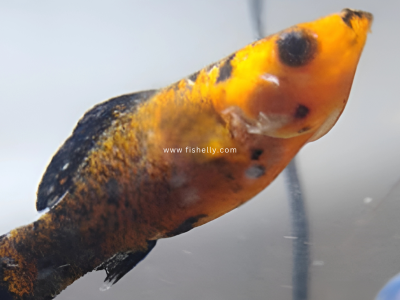
Lernaea (Anchor Worms): Parasitic worms with a worm-like appearance that burrow into the skin, creating visible ulcers and swelling.
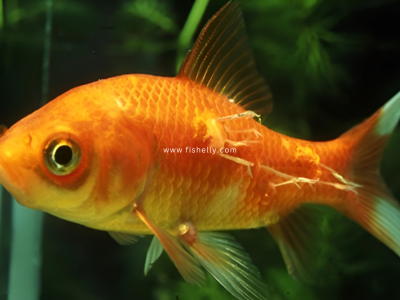
Nematodes & Tapeworms: Internal worms in the intestines, usually resulting in weight loss and gastrointestinal problems.

Protozoans (e.g., Hexamita): Small parasites that infect internal organs, blood, and occasionally the brain.
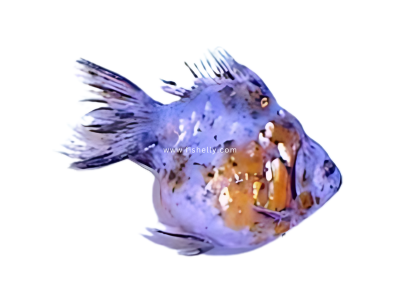
Fish Lice (e.g., Argulus): Crustacean parasites that cling to fish skin, fins, or gills, and feed on blood and tissue. They irritate, cause ulcers, and can result in secondary infections from skin damage.
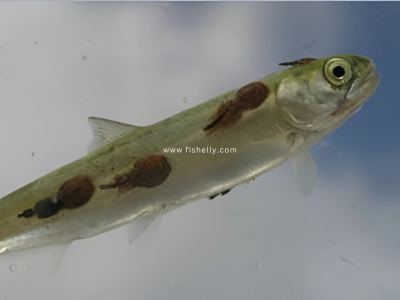
What Causes Fish Parasites?
Fish parasites don’t spontaneously appear — they are usually introduced to your aquatic system through external sources. Understanding how these pests infiltrate your tank or pond is key to preventing them.
Common Causes Include:
Skipping Quarantine: New fish, plants, or even invertebrates can carry parasites. Without quarantine, you risk infecting the entire tank.
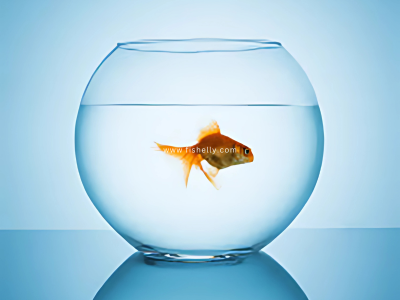
Poor Water Quality: Ammonia spikes, low oxygen, and high nitrates compromise the immune system of the fish, making them susceptible targets.

Overcrowding: Stressed conditions allow parasites to flourish and fish to become more susceptible to infection.

Contaminated Food: Live foods, particularly from untrustworthy sources, can harbor parasite larvae or eggs.

Cross-Contamination: Sharing the same nets or equipment between tanks without sanitizing transfers parasites rapidly.
Wild-Caught Fish: These fish can harbor resistant parasites that are not found in captive-bred individuals.
Parasites spread quickly once introduced, particularly in warm, poorly kept environments.
Signs of Parasitic Infestation in Fish
Parasites create a variety of signs, depending on the type and location. Learning to notice early warning signs can save your fish and prevent an outbreak before it occurs.
Look for These Signs:
• White dots or powdery film on the skin (Ich)
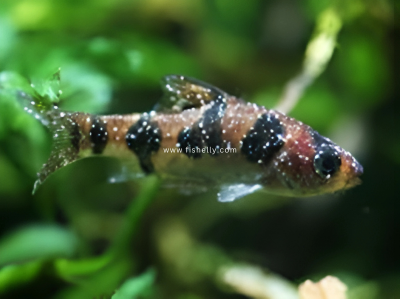
• Flashing: Rubbing or scratching against objects

• Gasping or rapid breathing, particularly at the surface (gill damage)

• Lethargy or corner hiding

• Clamped fins that remain near the body

• Loss of appetite or weight loss, even when eating
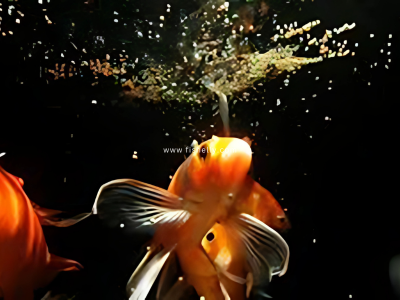
• Bloated belly or stringy feces (internal parasites)

• Visible worms or sores on the skin (anchor worms)
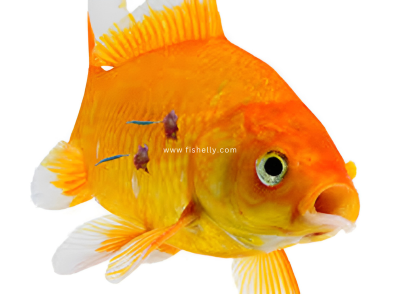
• Erratic swimming or loss of buoyancy
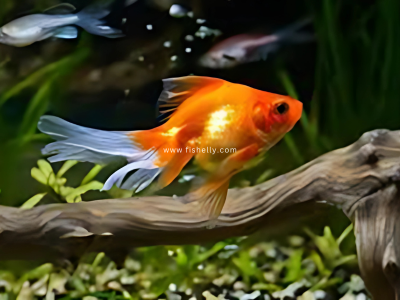
Treating these symptoms early can increase the effectiveness of treatment and minimize fish loss.
Prevention: How to Keep Parasites Out
A pound of cure is worth an ounce of prevention — particularly when it comes to fish parasites. Preventing parasites in your aquarium or pond begins with regular care and intelligent practices.
Key Prevention Tips
Quarantine New Fish
Isolate all new fish in a quarantine tank for a minimum of 2–4 weeks.
Treat with preventative medications if needed.

Maintain High Water Quality
Regularly test for ammonia, nitrites, nitrates, and pH.
Perform regular water changes and maintain filter cleanliness.

Stable water parameters minimize fish stress and boost immunity.
Avoid Overcrowding
Overcrowded tanks cause aggression, stress, and quick disease transmission.
Observe species-specific tank size and population guidelines.

Utilize Safe Food Sources
Steer clear of live food from dubious sources.
Opt for frozen, freeze-dried, or quality pellet substitutes.

Disinfect Equipment
Employ separate equipment for other tanks or disinfect between applications.
Sanitize decor and plants before adding them.

Perform Regular Health Checks
Monitor fish daily for abnormal behavior, appetite, or visual indications of illness.
Immediately quarantine sick fish to avoid epidemics.
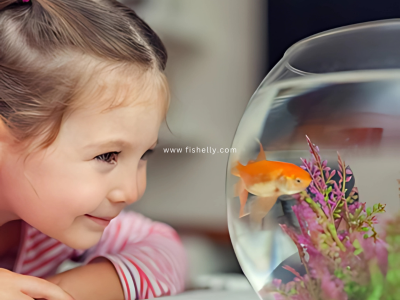
Treating Fish Parasites
In the event of a parasite infection, act immediately. Treatment varies according to the parasite and severity of the infection.
Typical Treatment Techniques:
Salt Baths & Dips:
• Beneficial for surface parasites such as Ich and flukes.
• Requires careful execution not to injure the fish.

**Medications:
Praziquantel: effective in fighting flukes and internal worms.
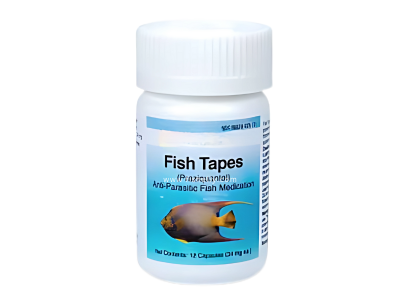
Formalin: potent but useful for most external parasites.

Copper Sulfate: against Ich and protozoans (watch dosage closely).

Metronidazole: to cure internal protozoan infections.
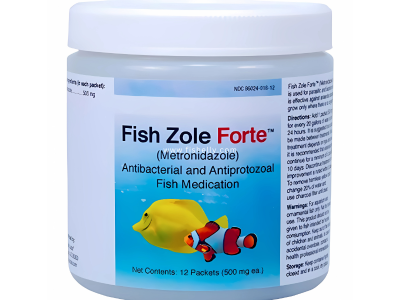
Increasing Water Temperature:
• May accelerate life cycle of Ich, thus making treatment quicker.
• Increase temperature only slowly and within safety levels for your fish.

Medicated Food:
Used to cure internal parasites when added to dewormers.
Note: Always research or ask an aquatic veterinarian first before treating. Certain medications can damage some fish or upset your tank's balance.
Natural Treatments
Natural solutions are used by some hobbyists as mild preventatives or enhancers, but effects are inconsistent.
Examples:
Garlic: Has been known to improve appetite and possibly has mild antiparasitic properties.

Neem leaves: Thought to contain antiparasitic compounds.

Indian Almond Leaves (Catappa): Have been known to contain antifungal and antibacterial compounds; can help in recovery.

Use these only in mild cases or in conjunction with established treatments — not as substitutes for medical treatment.
Faq
1. What are fish parasites?
Tiny organisms that live on or inside fish and harm them.
2. How do fish get parasites?
From new fish, poor water, live food, or shared equipment.
3. What are common types of parasites?
Ich, flukes, anchor worms, tapeworms, protozoa, and fish lice.
4. How can I tell if my fish has parasites?
Look for white spots, rubbing, gasping, hiding, weight loss, or visible sores.
5. What should I do first if I see symptoms?
Isolate the fish and start treatment quickly.
6. Can I use salt to treat parasites?
Yes, for mild cases like Ich and flukes. Use carefully.
7. What medicines work best?
Praziquantel, formalin, copper sulfate, metronidazole.
8. Is raising water temperature helpful?
Yes, for Ich — but do it slowly and safely.
9. Do garlic or almond leaves help?
They may support mild cases but aren't full treatments.
10. How do I prevent parasites?
Quarantine new fish, keep water clean, avoid overcrowding, and sanitize tools.
11. Is a quarantine tank really needed?
Yes, it's the best way to stop infections early.
12. Is live food safe?
Only if it’s from trusted sources — otherwise, use frozen or pellets.
Conclusion
Parasites are a sad fact of fishkeeping, but they don't have to be disastrous. With good quarantine practices, regular upkeep, and prompt action on symptoms, you can keep your fish healthy and content.
Got questions or tips? Drop them in the comments!






